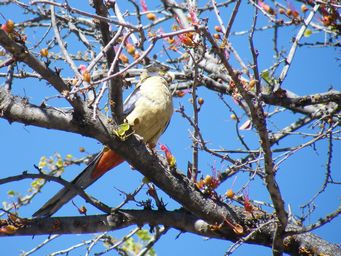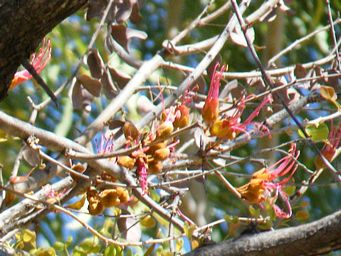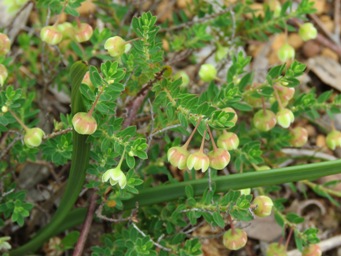Australia So Much to See
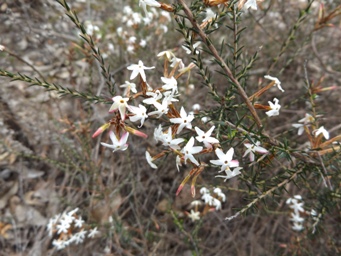
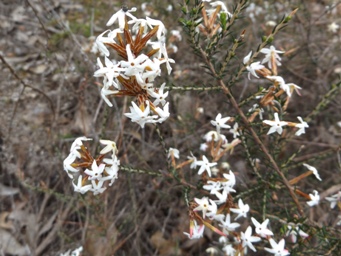
Lysinema ciliatum, Curry Flower
Shrub with small five petaled star flowers at the end of a long flower stalk which is covered
with brown overlapping bracts along the ends of the branches, which are lined with short narrow leaves. Name comes from the
spicy scent of the flowers
October
Bridgetown, and grows through the southern parts of the South West, Great Southern and Goldfields,
between Cape Naturalist and Esperance, with scattered occurrences further north into the Wheatbelt and near Perth
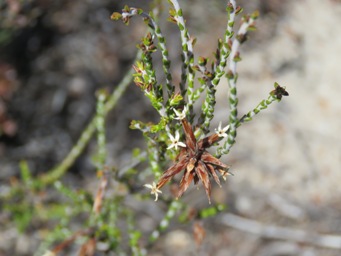
Lysinema pentapetalum, Curry Flower
Five petaled white star flowers at the end of a long flower stalk which is covered with
brown overlapping bracts with light coloured edges. Flowers are arranged up a stem. Very short leaves hug the stem, and
are shorter than those on Lysinema ciliatum
Flowers almost all faded when photographed in late November

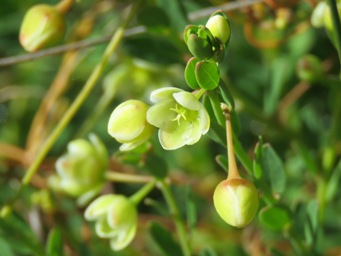
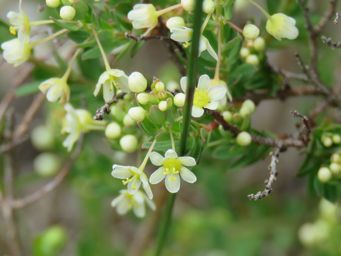
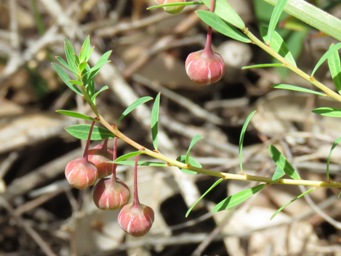
Lysiphyllum cunninghamii (originally collected as Phanera cunninghamii, but soon changed to Bauhinia cunninghamii until renamed in
2020), Bauhinia, Kimberley Bauhinia, Bean Tree, Jigal Tree (with Jigal meaning Mother-in-law referring to the paired leaves backing
each other). Also known in various other Aboriginal languages across the country as Wanyarri, Wayili, Gunji, Gamulumulu, Wanyarring,
Wanyarri, Windinyin, Wayilangu, Jikarra.
A tree up of up to twelve metres in height with grey fissured or tessellated bark, with flowers
coming directly from main stems (old wood). Bright red flowers with long protruding stamens are nectar rich and loved by birds. Trees are deciduous, with paired rounded leaflets leaves backing each other like butterfly wings. Leaflets are around three centimetres
long and turn red in autumn before falling. Large red pods are twisted, not visible in these photos.
June and flower between April and October.
Purnululu National Park, Kimberley region, Western Australia. Found through
the Kimberley and occasionally in Pilbara region. Also found through the northern parts of the northern Territory and Queensland.
Found through the Kimberley and occasionally in Pilbara region. Also found through the northern parts of the Northern Territory
and Queensland.
